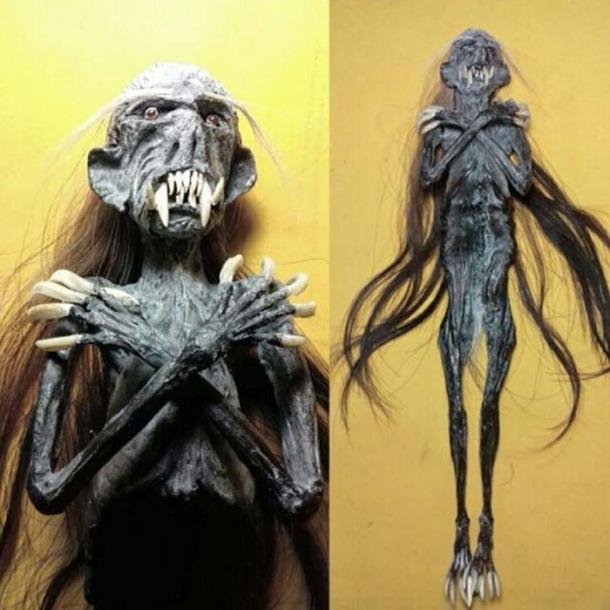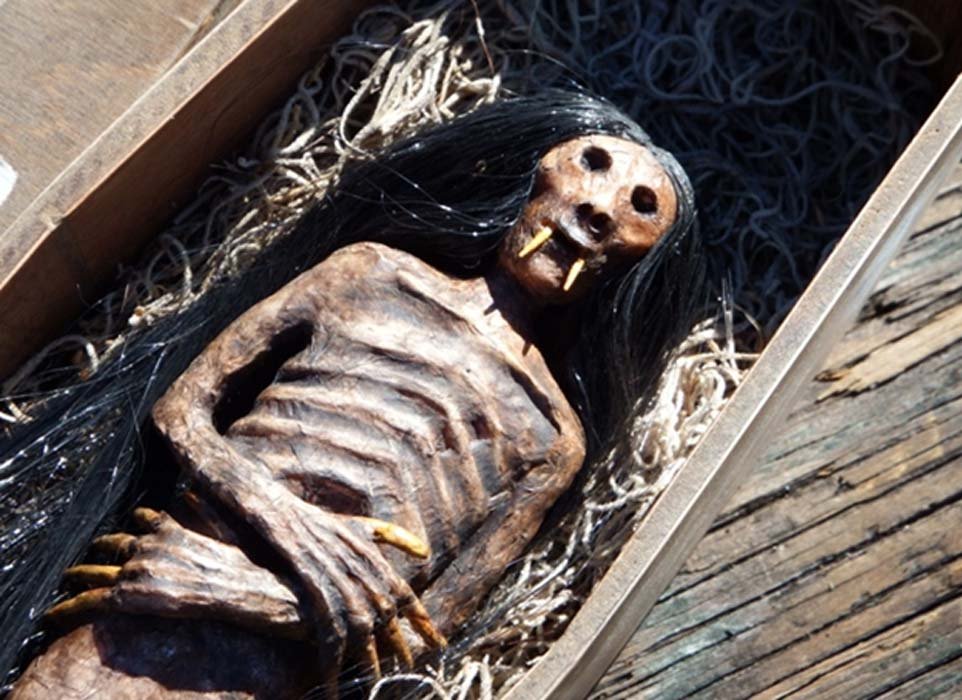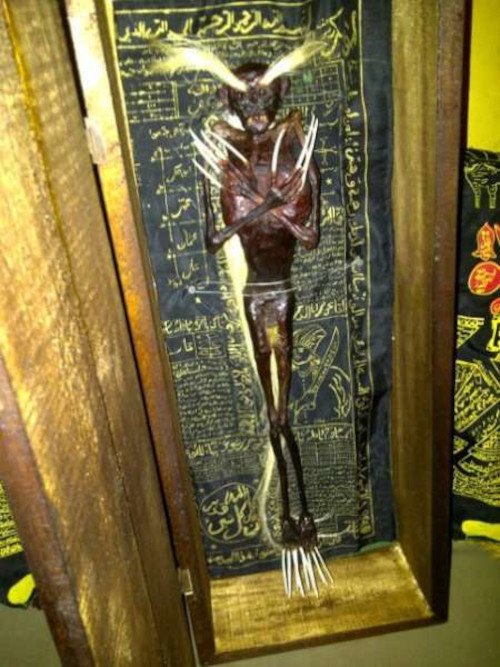“I always wondered about the backstory on what had happened,” Dixon continues, “and then one day a man walked in the door of our museum and told me: ‘I’m the one that cut down the tree. I’m the one that found the dog.”
Saws and Claws
In 2017, Dixon pulled back the curtain on the highly improbable canine discovery. “This man came in from Alabama and he was a logger on the original crew that cut the chestnut oak, and I was in shock,” she says. “In fact, I was so overwhelmed with information I never got the man’s name, but I sure remember his story.”
In 1980, according to the information provided to Dixon by the visitor (John Doe), a logging crew out of Rome, Ga., (Kraft Co.) was harvesting trees for pulpwood along the upper Alabama-Georgia border, in Cleburne and Haralson counties. On the Alabama side of the line (Cleburne County), the loggers began cutting hardwoods on hilly terrain in a relatively remote area—with no communities nearby, excluding four isolated houses in proximity.
The chestnut oak was cut into eight 7’ lengths. “Back in 1980, Georgia loggers didn’t transport trees in full length. They cut trees in 7’ sections.” Dixon explains. “Stuckie was in that tree and even though his preservation by nature is incredible, his preservation from logging damage is also incredible.”
Stuckie was waiting in the top of the section from the fourth cut—an approximate height of 28’. “First, when the tree was sawed down and fell, he wasn’t damaged at all. Second, it’s unbelievable that the saw completely missed him and didn’t turn him to sawdust when the tree was cut into sections. Third, when they put him on the truck, he again wasn’t damaged. When you understand the power and force involved in the falling, cutting, and transporting of logs, the fact that Stuckie never moved is unreal. The fact that he didn’t end up as pulpwood beats all the odds.”
“There is only a tiny space between the cut at the end of the log and where his paws are at,” Dixon continues. “No doubt, once you include the stump and count up, he was 28’ up the tree. Amazing.”
However, John Doe and the logging team were unaware of the canine passenger inside the fourth cut of the chestnut oak. Several logs at a time, the crew filled a trailer, periodically pausing to ensure the load was secure.
“One more time, he was going to make sure the trailer was loaded right. He walked around behind the logs, got up close—and saw claws. He backed way, way up, and told me, ‘Oh my Lord, what is coming out of this tree for me?’ In that moment, he had no idea what it was, and he didn’t even know if it was dead or alive. Somehow, someway, Stuckie avoided being turned to pulpwood.”
John Doe provided the puzzle pieces related to discovery, but what of Stuckie’s origin?
Enter Roger Prater, renowned coon hunter. “I know where that dog came from; I know what breed it was; and I know who lost him.”
Lost Redbone?
A coon hunter since childhood, Prater, 71, lives in Concord, Ga., roughly 50 miles south of Atlanta, but was raised in Haralson County, 20 miles from the chestnut oak that held Stuckie. Prater is a lifelong devotee of coon hunting and his true passion is a love of dogs. “My dogs are my family. God had a genuine purpose when he made dogs, and you won’t ever, ever find a more wonderful animal.”
Alongside a 40-year career spent in construction, Prater owns 600 acres of Pike County land he once worked between crops, cattle, and hay. Today, he rents out the 600 acres, and the self-titled “shade tree” farmer is a true authority on treeing walker coonhounds. His breeding business is championed by hunters across the United States: “I used to hunt redbone hounds in the 1960s and 1970s, but now I’ve had the same treeing walkers for 40 years from the Finley River strain and my dogs are hunted in about 30 states, mainly coons, but also bobcat, bear, and mountain lion.”
In 1980, Stuckie’s discovery put to rest a family hunting mystery, Prater says. “At the time, that whole area where he was found was heavy coon hunting because it was a huge section of woody hills, and there wasn’t much there except bootleggers and pulp-wooders. I was sitting in the barbershop and heard about this dog that was as old as Methuselah found by some loggers, and then the story was in the Haralson County newspaper, and then somebody hauled the dog and log to the county courthouse, before it went to the museum.”























